Supermarine Spitfire T.9 RAF
Production Time 11 to 12 weeks
Shipment is by FedEx, UPS or DHL International Express Courier with a normal door-to-door delivery time worldwide of within 2-3 business days after dispatch. Due to the current volatility of world fuel prices, the amount mentioned here is our best estimate for DHL and UPS and may be subject to change at the time of shipping.

Model Description: Supermarine Spitfire T.9 RAF Wood Replica Scale Transparent Custom Model Aircraft
Manufacturer: Supermarine
Wingspan: 17 Inches (43.2 Centimeters)
Height: 4.3 Inches (10.9 Centimeters)
Scale: 1:25
Registration: NH341
$324.50
Production Time 11 to 12 weeks
-
United States dollar ($)
-
Pound sterling (£)
-
Euro (€)
-
Australian dollar ($)
-
Canadian dollar ($)
-
Singapore dollar ($)
-
Swiss franc (CHF)
-
Japanese yen (¥)
-
Danish krone (kr.)
-
Hong Kong dollar ($)
-
Norwegian krone (kr)
-
Swedish krona (kr)
-
United Arab Emirates dirham (د.إ)
General Product Description
Our PlaneArts Supermarine Spitfire T.9 RAF model exhibits unique, unrivaled quality and detailed design to come as close as possible to the accuracy of the actual plane. It comes as standard with a robust, durable base or stand which is available in a variety of different finishes designed to match your own personal requirements including solid wood, wood with polished metal supports or adjustable wood wall mount and will be ready within about 9-10 weeks from placement of order.
The Supermarine Spitfire T.9 RAF model is made of the finest kiln dried renewable mahogany wood (commonly known as Lauan or Meranti) which has undergone many stages of carving and meticulous and careful sanding giving the beautiful, finished museum quality masterpiece. Many collectors and model connoisseurs demonstrate their preference for genuine handmade and hand painted mahogany wood models rather than plastic or die cast (diecast) alternatives due to the overall look and totally different feel of the item - we trust you will find the same. We can however, if required produce the same model in Solid Cast Resin so just click and contact us for further information. Our craftsmen and gifted artisans ensure that our finely handcrafted model airplanes match the precise blueprint details of the original aircraft. The paint scheme, markings and parts are closely matched, reflecting the original aircraft. This stylish top-quality desktop replica model will surely enthrall anyone who receives this as a gift and for sure one of the most appropriate and desirably collectable gifts for any military aviation enthusiast and avid aircraft collector whilst also displaying a perfect resemblance to the actual real life version.
There are many types of military propeller aircraft, but the basic types are bombers, fighters, fighter bombers, spotter planes, transporters, patrol aircraft, trainers, and reconnaissance and observation aircraft. All these types of aircraft are used for different types of missions. If you're a fan of historic or present-day military aviation, our model aircraft will bring the excitement and character of these aircraft right into your own home. You can order a wood airplane model of a North American B-25 Mitchell Bomber, a B17 - Flying Fortress, or a P-51 Mustang Nervous Energy V not forgetting the Bf 109, Spitfire, FW 190, A6M Zero, P-38 and F4U. These classic, propeller airplane models are of the highest quality. Each is individually crafted by our expert craftsmen. They produce handmade scale mahogany airplane models of the finest aircraft from World War I and II to present day biplanes and triplanes.
If you require, we can also make the Supermarine Spitfire T.9 RAF model in any other military, government or even private livery or colour scheme you require and if necessary, in a different size or scale. Just click here to contact us with a description or photographs of what you require, and we will let you have a quotation for the necessary customization by return email. We can also make bespoke scale replicas of any other private / civil commercial airliner or airliners, helicopter, glider, gliders with engines, military jet, warplane jets, biplane, triplane, tail fin, spacecraft, rocket or NASA model you require in any airline, military or civilian livery or colors. We also produce model airships, blimps, dirigibles, blimps, boats, and ship collectibles. Wall plaque or seal for military, government or private customers. Again, by clicking here to contact us just let us know exactly what you need.
The Supermarine Spitfire T.9 RAF: A Legend with a Twin Seat Legacy
The Supermarine Spitfire, often celebrated as one of the most iconic aircraft of World War II, is well-known for its sleek design, agility, and the role it played in securing air superiority for the Allies. However, among the various versions of the Spitfire, the T.9 stands out for a unique reason—it was a dual-control, two-seater variant, designed primarily for training purposes. This model combined the prowess of the fighter with the practical needs of training, making it an essential part of the RAF’s fleet.
The Birth of the Spitfire T.9:
The Spitfire T.9 was not an original production model from the Supermarine factory. Instead, it was a post-war conversion that emerged from the need to train new pilots on the complex and high-performance Spitfire. By the late 1940s, with the war over but the Spitfire still in service, the RAF required a training aircraft that could simulate combat conditions while allowing for the safety and instruction that a second seat and dual controls provided.
Conversion work to create the T.9 was carried out by Supermarine and by Vickers-Armstrongs, who modified existing Mk IX Spitfires. These modifications involved extending the fuselage to accommodate a second cockpit and fitting a second set of controls. Despite the changes, the aircraft retained the sleek lines and powerful Merlin engine of the original Mk IX, ensuring that it remained a capable fighter, even as a trainer.
Design and Features:
The Spitfire T.9 was almost identical in appearance to the single-seat Mk IX, with the most noticeable difference being the elongated canopy to cover both cockpits. The additional cockpit was situated behind the original, slightly raising the rear cockpit to give the instructor a better view over the trainee pilot’s seat.
The aircraft’s performance was largely unaffected by the conversion. It retained the powerful Rolls-Royce Merlin 66 engine, which delivered 1,720 horsepower, giving the T.9 a top speed of around 400 mph. Its armament was also largely retained, with the capability to carry machine guns and cannons, although in its training role, these were often not equipped.
Role in the RAF:
The Spitfire T.9 played a crucial role in the RAF’s post-war operations. It allowed experienced pilots to pass on their knowledge and skills to the next generation in an aircraft that closely mirrored the combat planes they would eventually fly. This was particularly important in the early years of the Cold War, as the RAF maintained a high level of readiness against the backdrop of growing tensions with the Soviet Union.
Moreover, the T.9 served as a bridge for pilots transitioning from piston-engined aircraft to the new generation of jet fighters. By training on the T.9, pilots could master the complex handling of high-performance aircraft before moving on to the faster, more demanding jets entering service.
The Spitfire T.9 Today:
Today, the Spitfire T.9 is a rare and treasured aircraft among warbird enthusiasts. A number of these two-seat Spitfires have been lovingly restored and can be seen flying at airshows around the world. For many, the opportunity to experience a flight in a Spitfire—particularly a T.9—is a dream come true, as it offers a direct connection to the heroics and history of the RAF during and after World War II.
In the end, the Supermarine Spitfire T.9 stands as a testament to the versatility and enduring legacy of the Spitfire design. It was not just a fighter but a teacher, guiding the hands of new pilots and ensuring that the spirit of the Spitfire lived on well beyond the war.
Conclusion:
The Supermarine Spitfire T.9 may not have seen the combat that its single-seat siblings did, but its role in the training and development of RAF pilots cannot be overstated. As a dual-control trainer, it ensured that the legendary skills of Spitfire pilots were passed on to future generations, making it an integral part of the Spitfire story and the broader history of the RAF. Today, as these aircraft take to the skies once more, they serve as a living reminder of the bravery, innovation, and skill that defined an era.
| Weight | 6 kg |
|---|---|
| Dimensions | 13.7 × 17 × 4.3 in |
Be the first to review “Supermarine Spitfire T.9 RAF” Cancel reply
Similar Models
Helicopters
Military Airplanes - Propeller
Military Airplanes - Propeller
Military Airplanes - Propeller
Private & Civilian
Private & Civilian
Military Airplanes - Propeller
Military Airplanes - Propeller
Military Airplanes - Propeller
Military Airplanes - Propeller
Military Airplanes - Propeller
Military Airplanes - Propeller
Military Airplanes - Propeller
Boats, Ships & Submarines
Boats, Ships & Submarines
Military Airplanes - Propeller
Military Airplanes - Propeller
Military Airplanes - Propeller
Military Airplanes - Jet
Military Airplanes - Jet
Military Airplanes - Jet
Military Airplanes - Jet
Military Airplanes - Propeller
Military Airplanes - Propeller
Military Airplanes - Jet
Military Airplanes - Jet
Military Airplanes - Jet
Military Airplanes - Jet
Military Airplanes - Propeller
Military Airplanes - Jet
Military Airplanes - Propeller
Military Airplanes - Propeller
Private & Civilian
Military Airplanes - Propeller
Military Airplanes - Propeller
Private & Civilian
Israel Aircraft Industries IAI-1124 Westwind TNT Air Couriers
Military Airplanes - Propeller
Military Airplanes - Jet
Military Airplanes - Jet
Military Airplanes - Jet
Military Airplanes - Jet
Military Airplanes - Propeller
Military Airplanes - Propeller
Military Airplanes - Jet
Military Airplanes - Jet
Military Airplanes - Jet
Military Airplanes - Jet
Military Airplanes - Propeller
Military Airplanes - Jet
Military Airplanes - Jet
Military Airplanes - Jet
Military Airplanes - Propeller
Military Airplanes - Propeller
Military Airplanes - Propeller
Military Airplanes - Propeller
Military Airplanes - Jet
Military Airplanes - Jet
Military Airplanes - Propeller
Military Airplanes - Jet
Private & Civilian
Military Airplanes - Jet
Military Airplanes - Propeller
Private & Civilian
Military Airplanes - Propeller
Military Airplanes - Jet
Military Airplanes - Propeller
Military Airplanes - Propeller
Military Airplanes - Propeller
Military Airplanes - Propeller
Military Airplanes - Propeller
Military Airplanes - Propeller
Military Airplanes - Jet
Military Airplanes - Jet
Private & Civilian
Military Airplanes - Jet
Military Airplanes - Jet
Helicopters
Helicopters
Helicopters
Military Airplanes - Propeller
Helicopters
Military Airplanes - Jet
Blackburn Buccaneer RAF 237 Operational Conversion Unit OCU Squadron
Military Airplanes - Propeller
Private & Civilian
Military Airplanes - Jet
Military Airplanes - Jet
BAe British Aerospace Hawk T.1 Mk.1 Royal Air Force RAF Red Arrows
Military Airplanes - Jet
Military Airplanes - Propeller
Military Airplanes - Propeller
Military Airplanes - Propeller
Military Airplanes - Propeller
Military Airplanes - Propeller
Military Airplanes - Propeller
Military Airplanes - Propeller
Military Airplanes - Propeller
Military Airplanes - Propeller
Private & Civilian
Private & Civilian
Helicopters
Private & Civilian

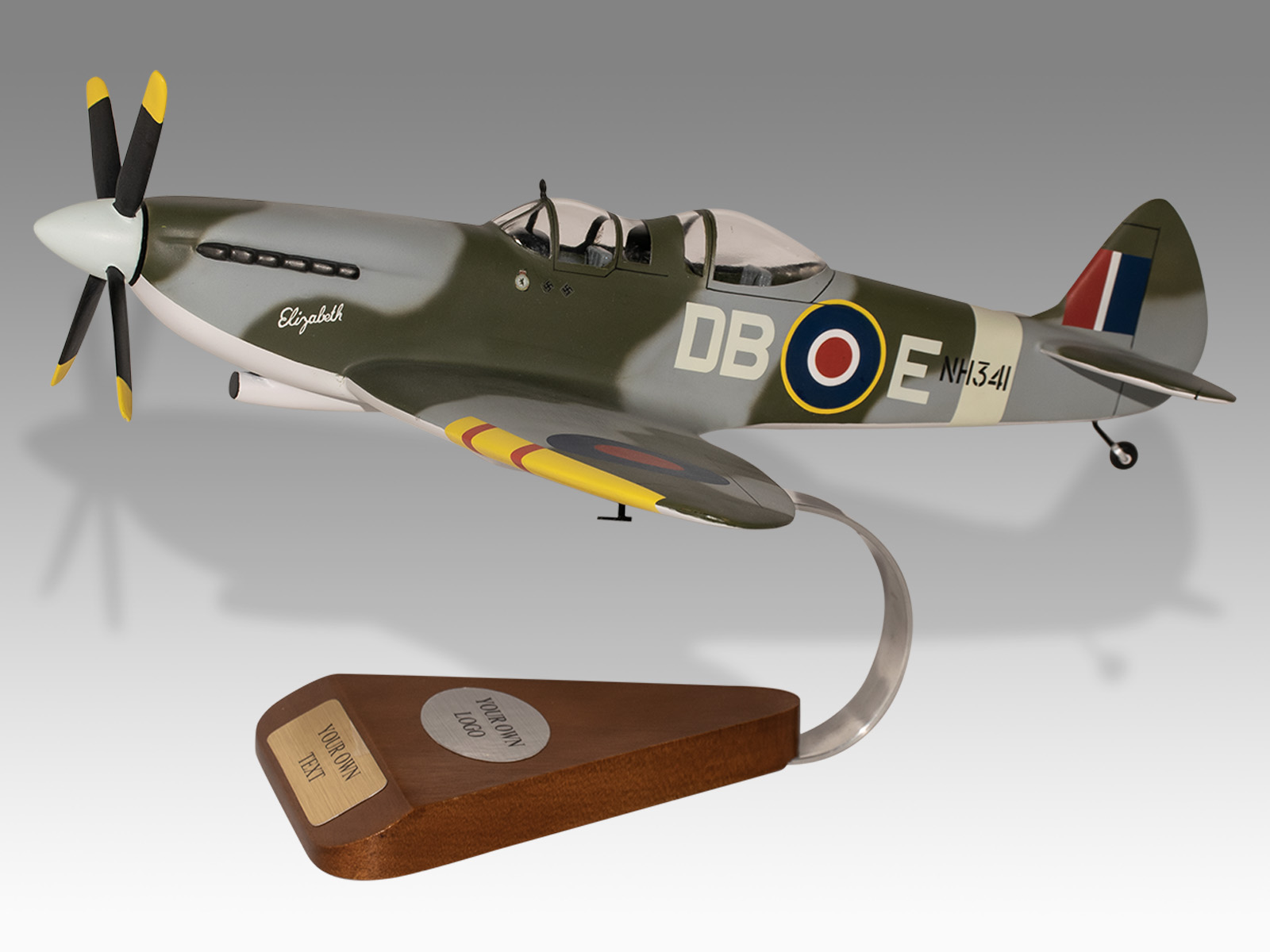
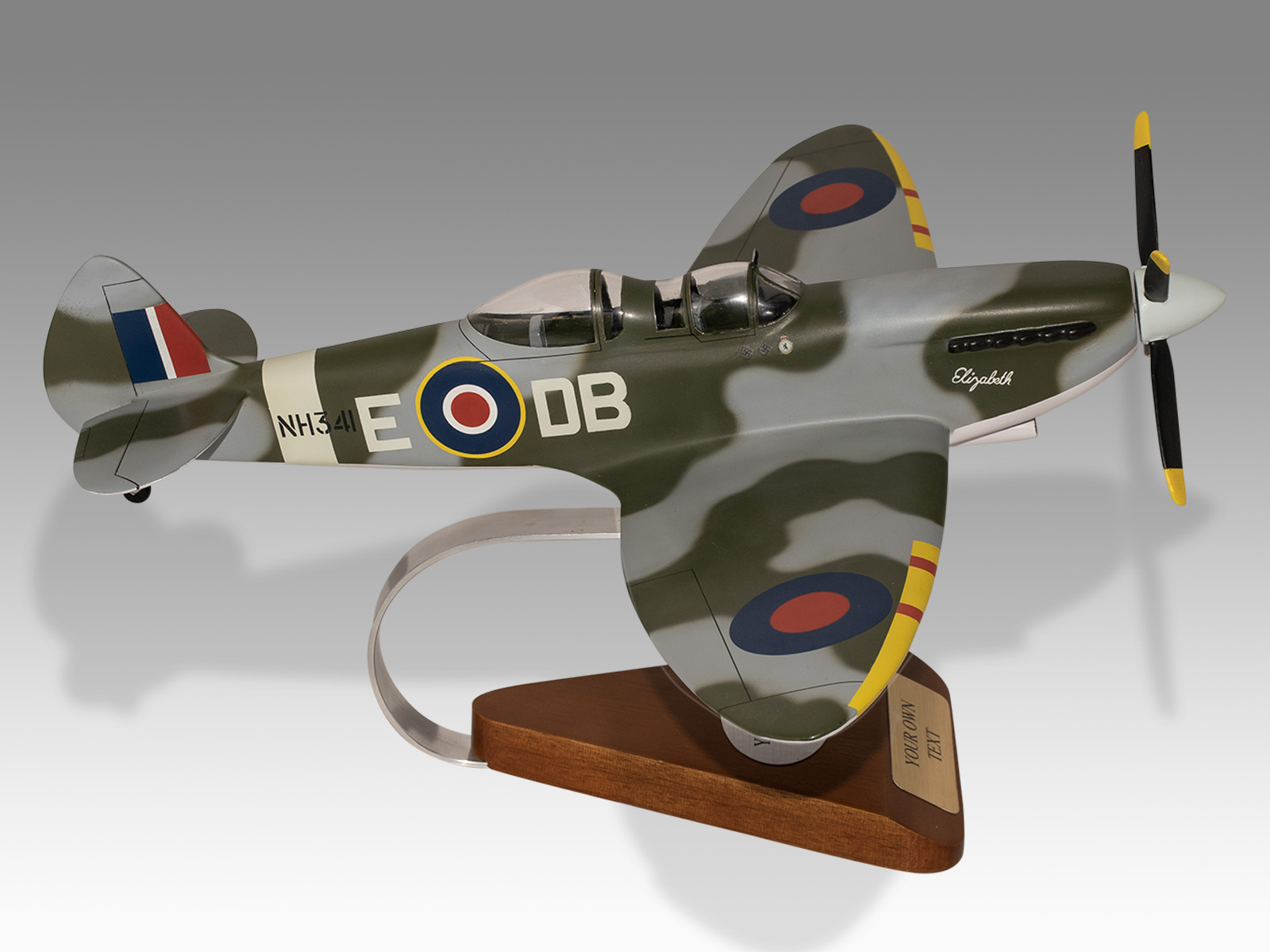
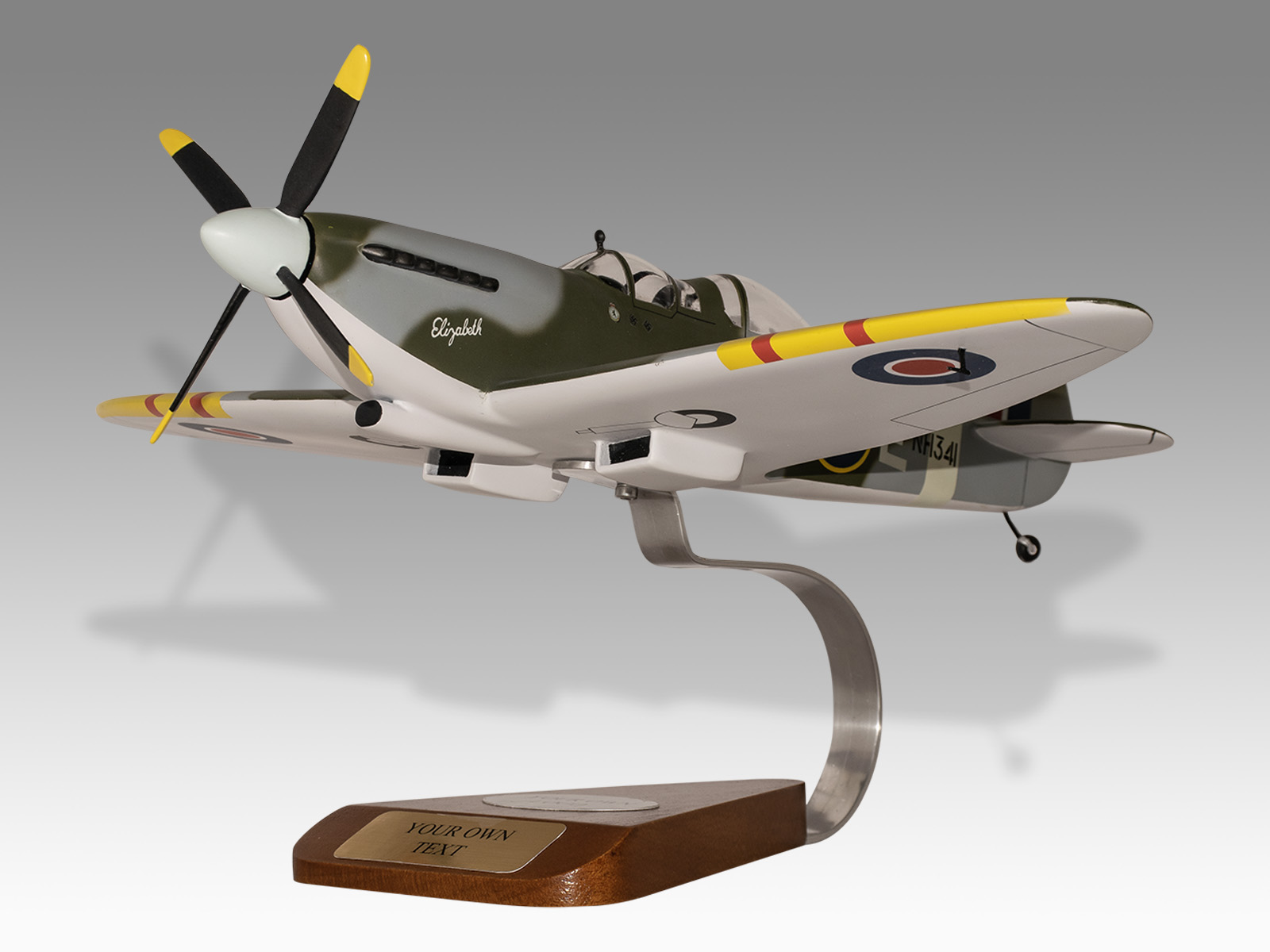

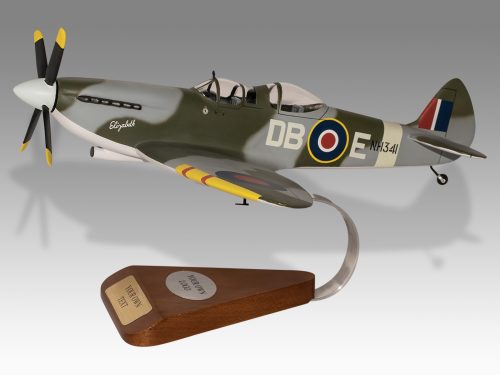
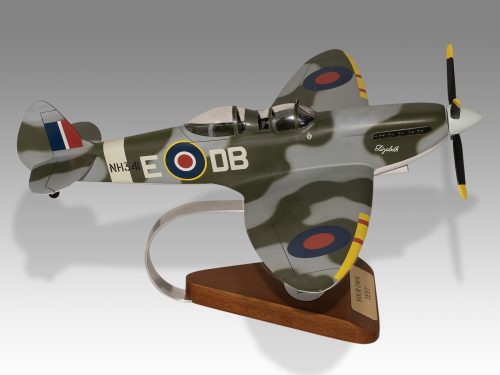

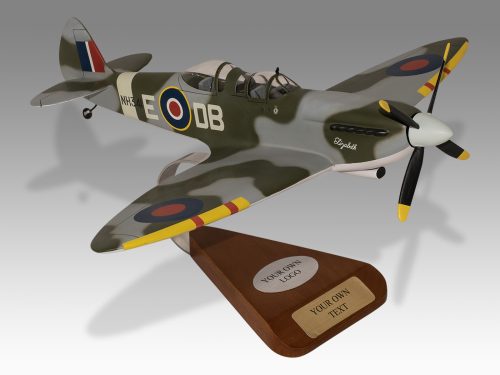
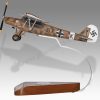
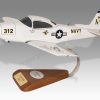
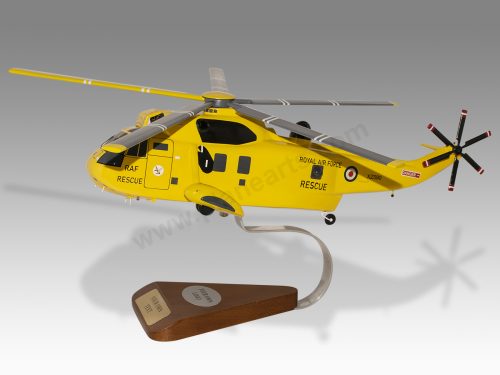
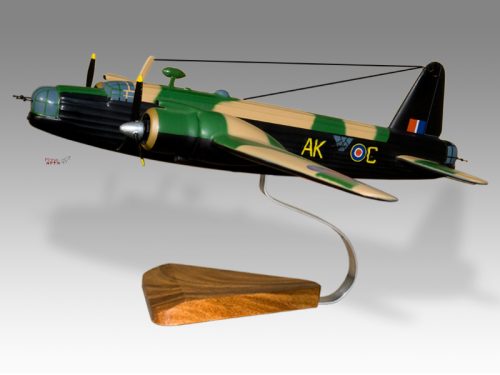

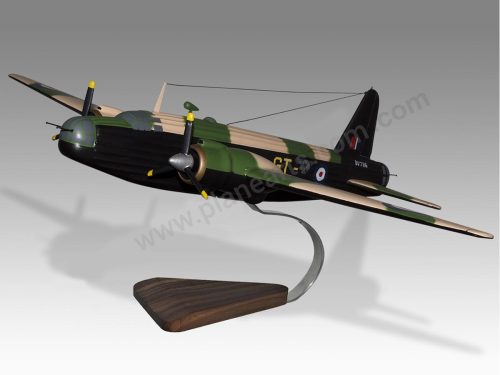

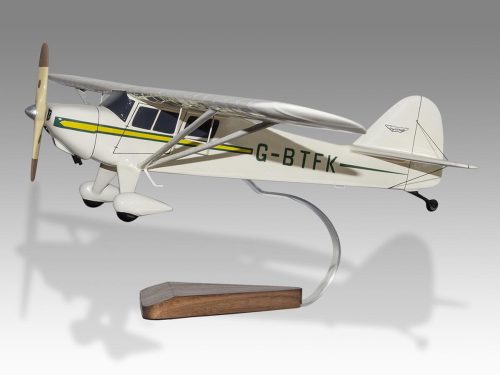
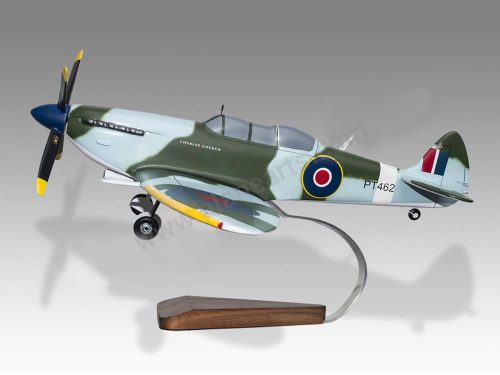
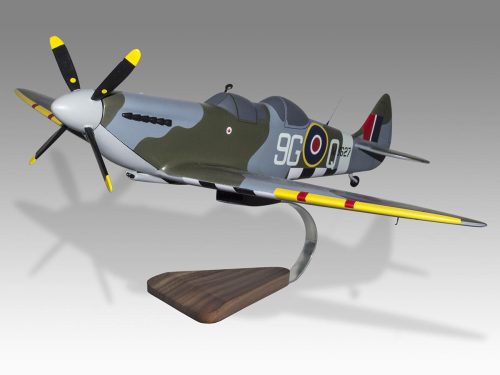
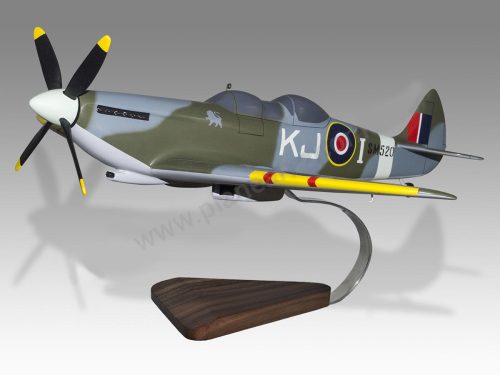
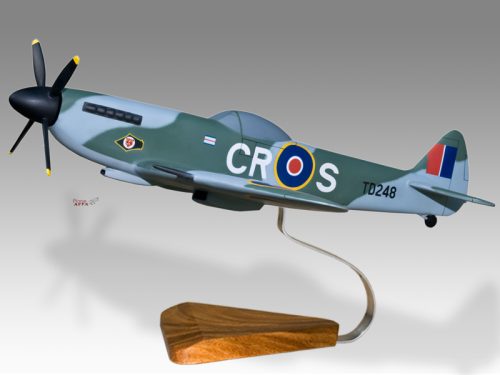
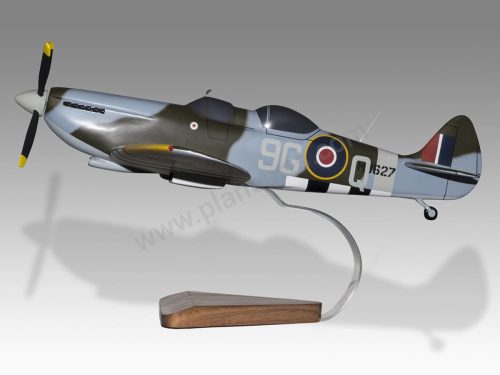
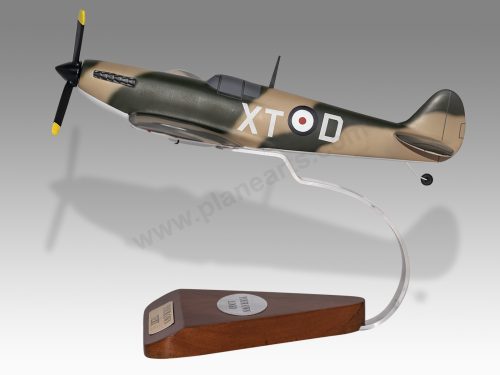
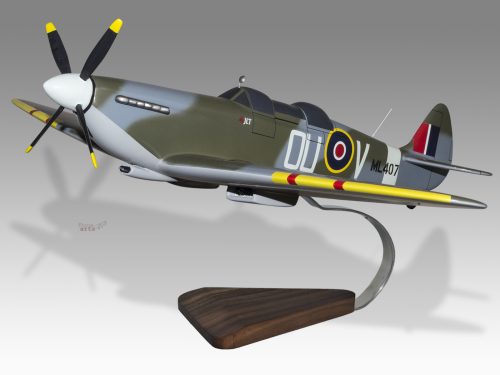




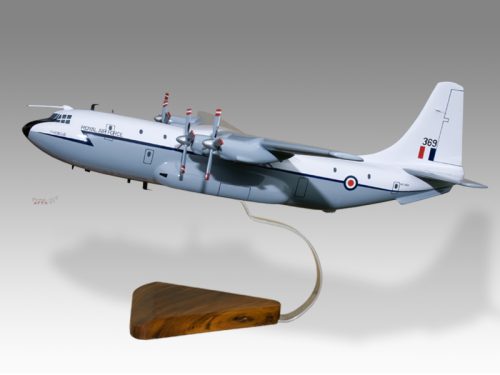

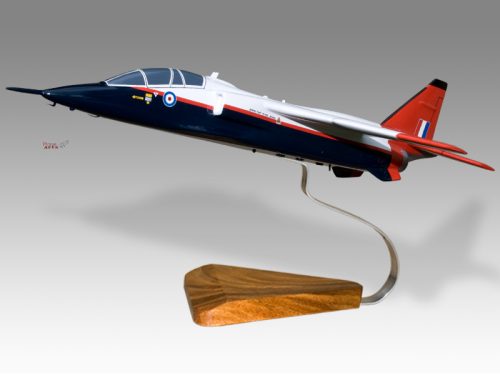
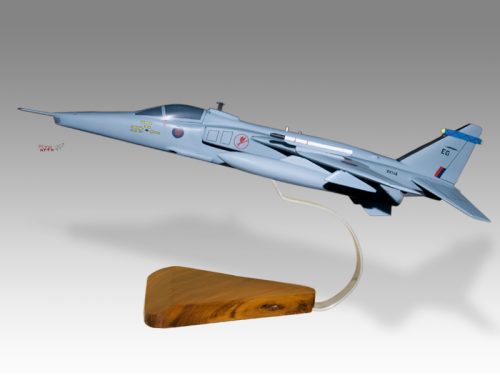
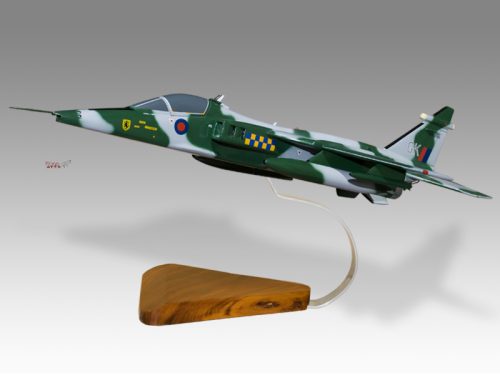
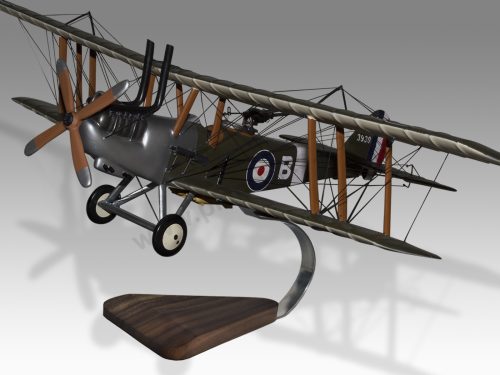
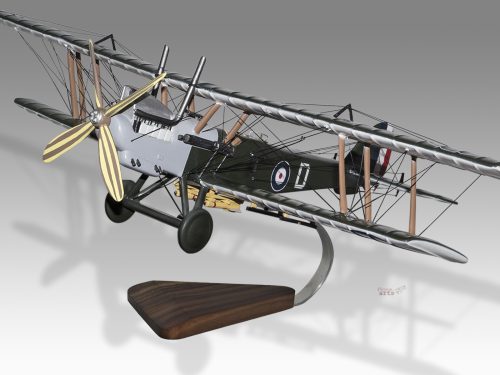
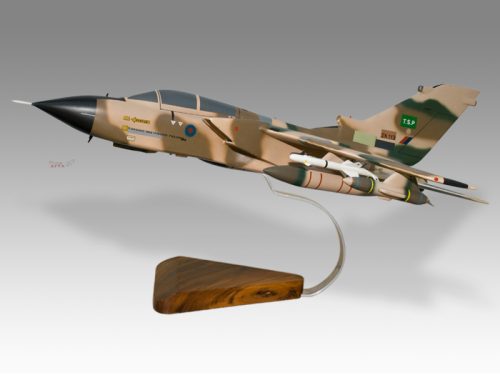
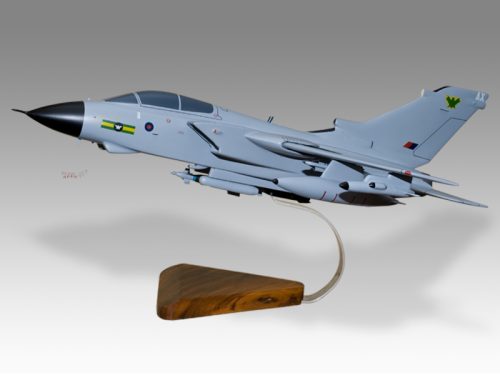
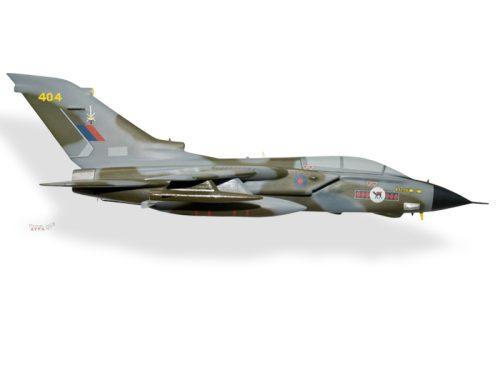
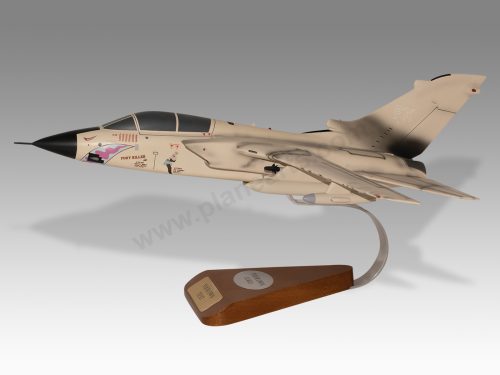
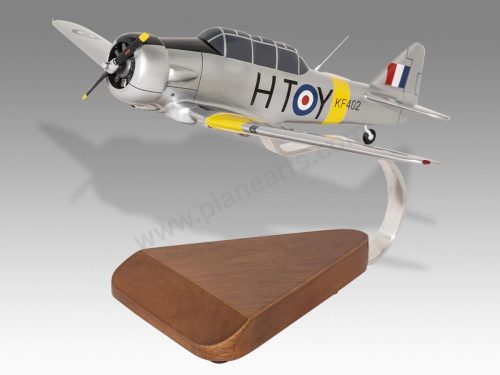

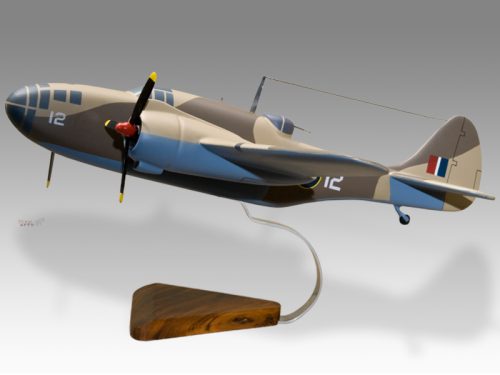
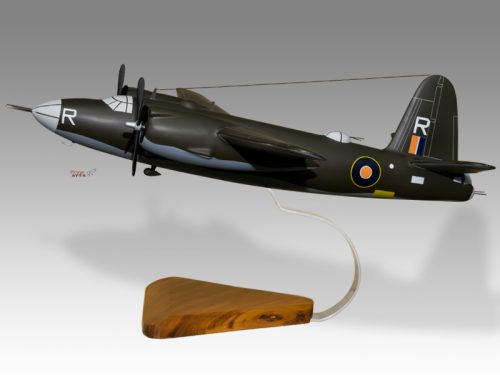

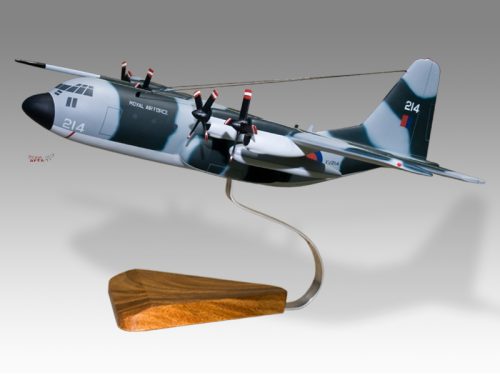



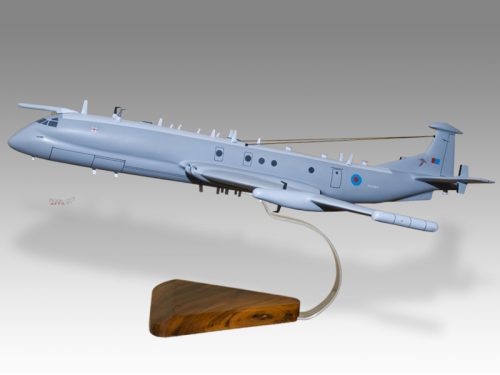
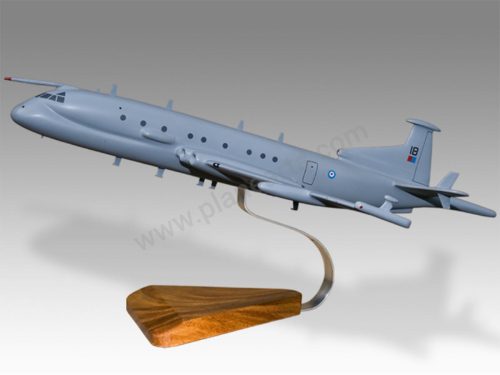


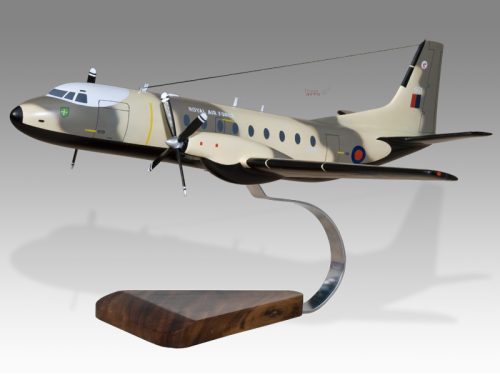


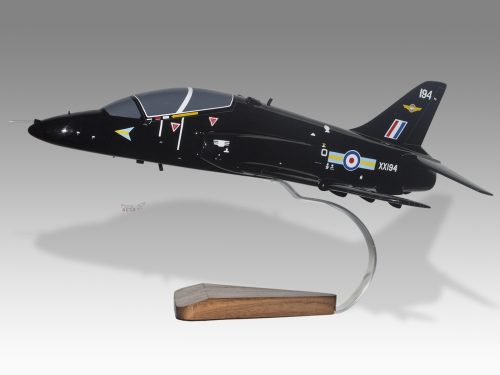
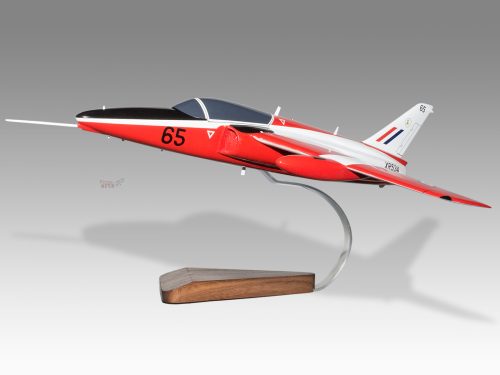
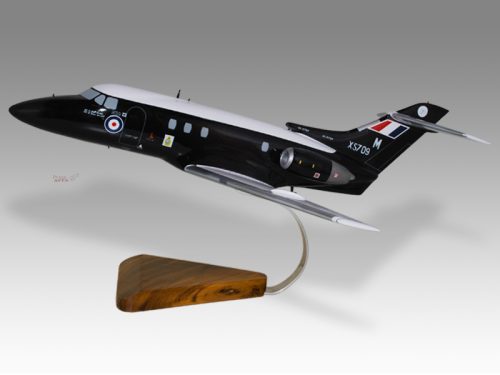
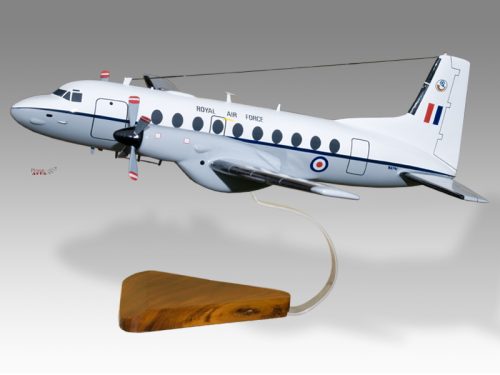
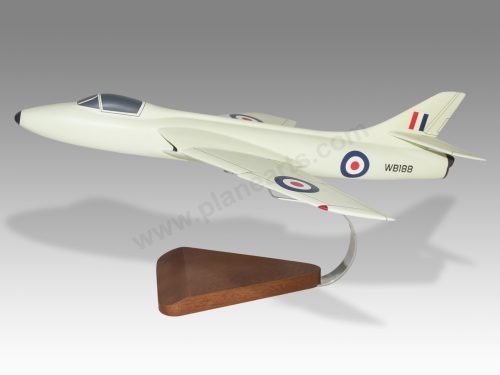
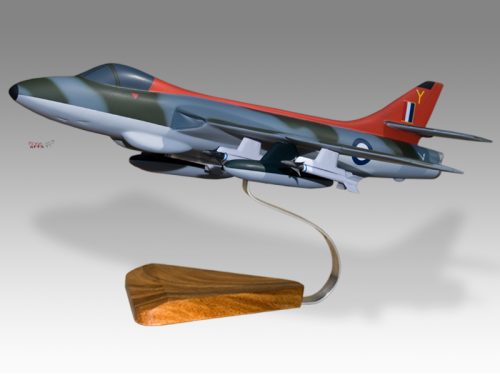

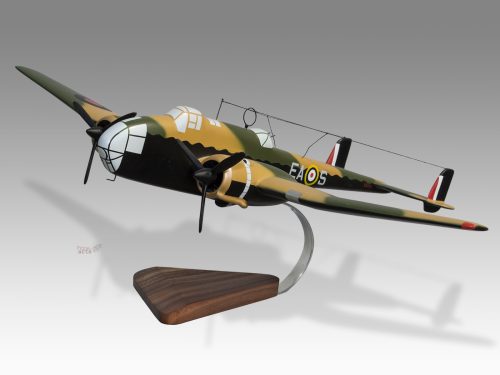

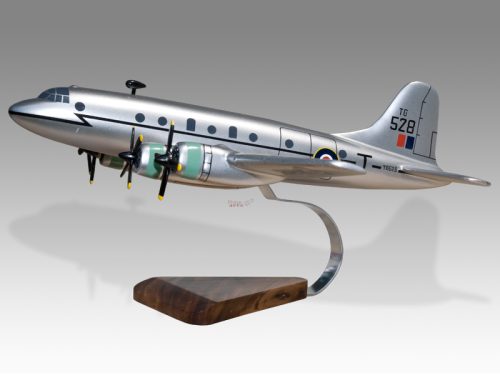
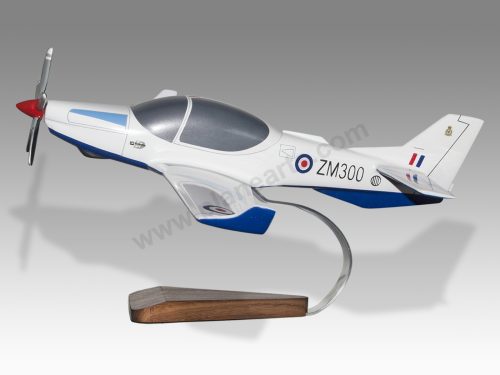

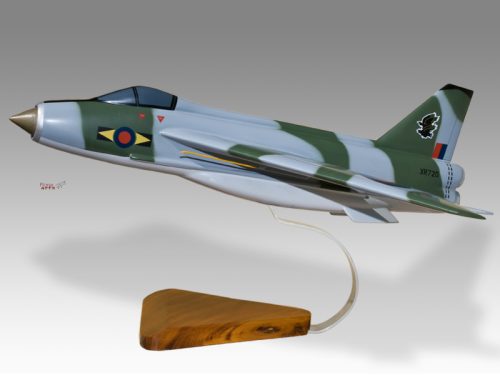


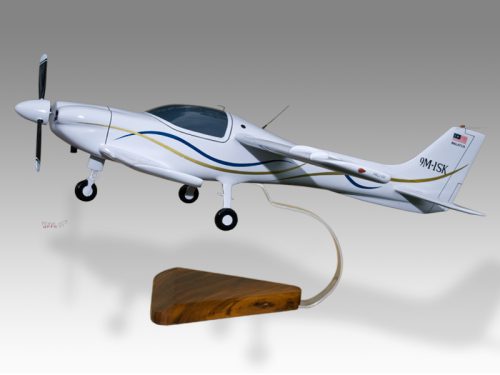
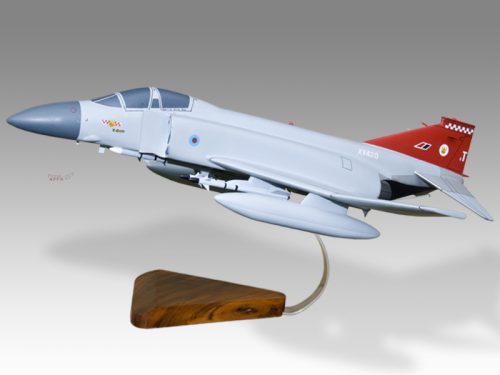
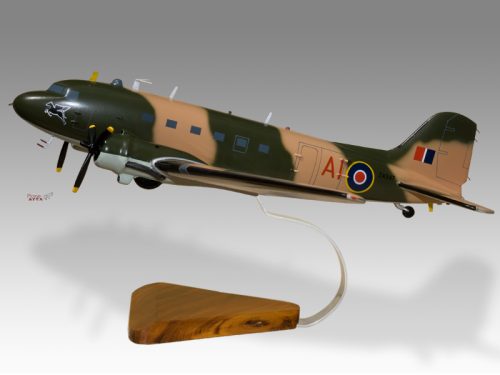

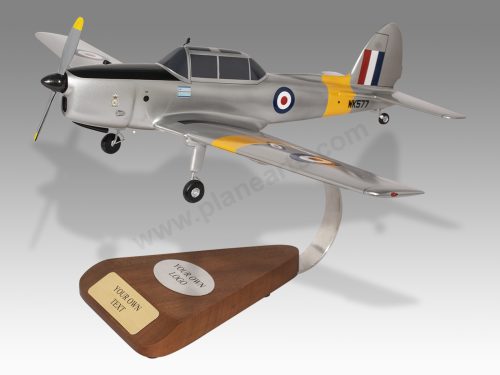
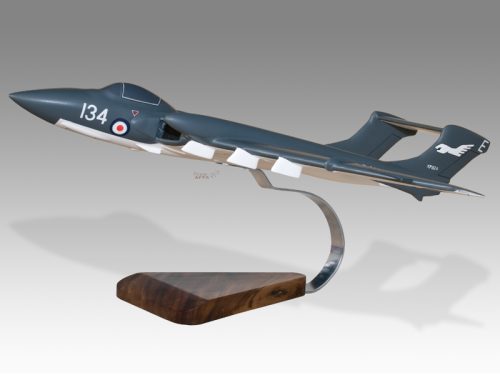
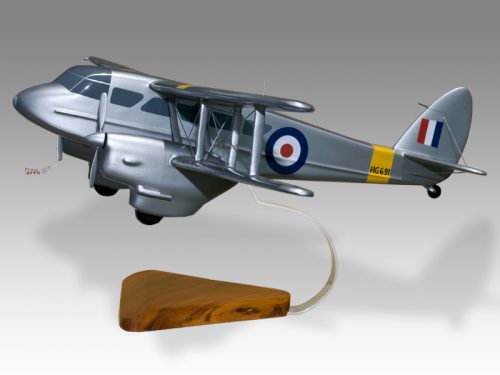
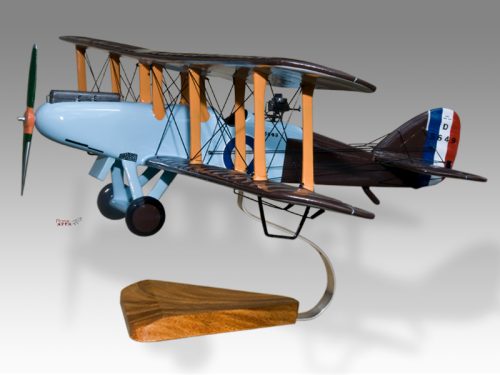
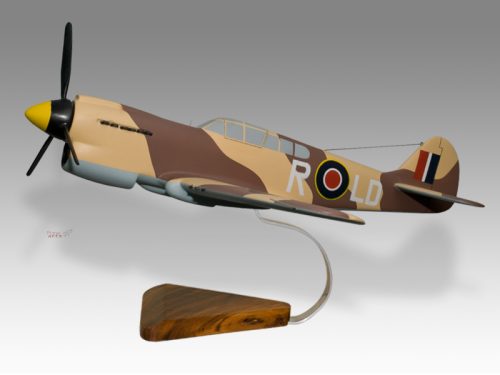

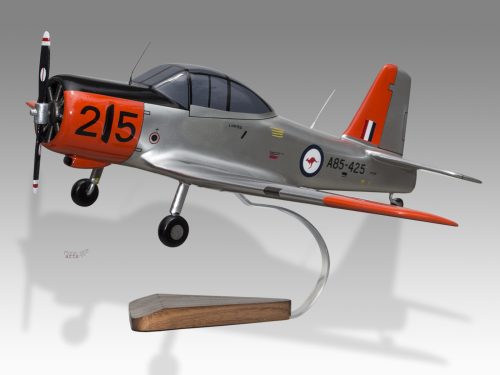

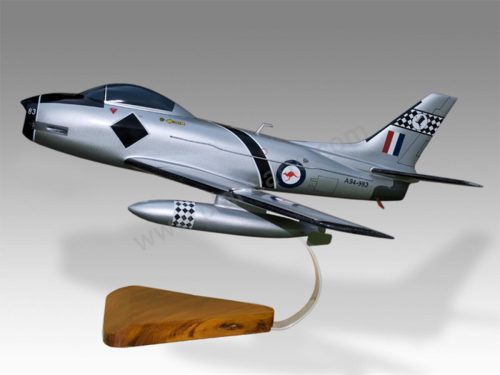
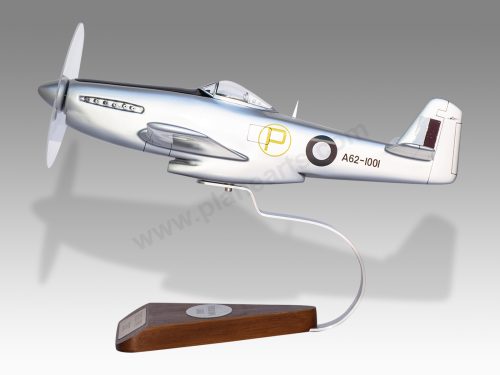
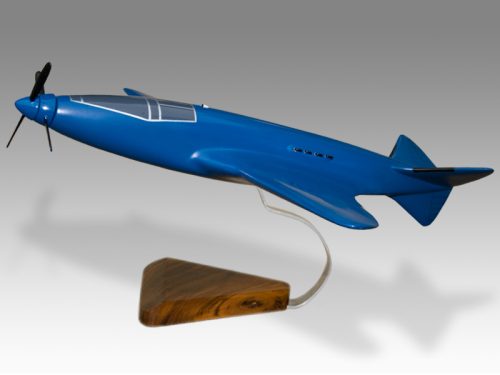
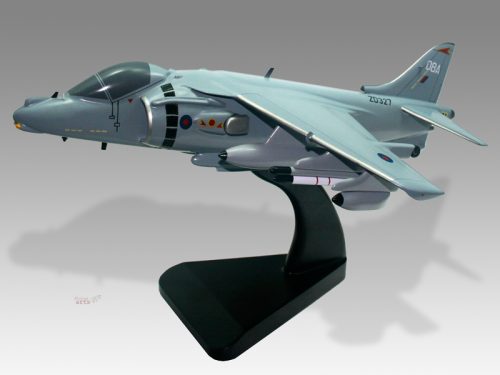
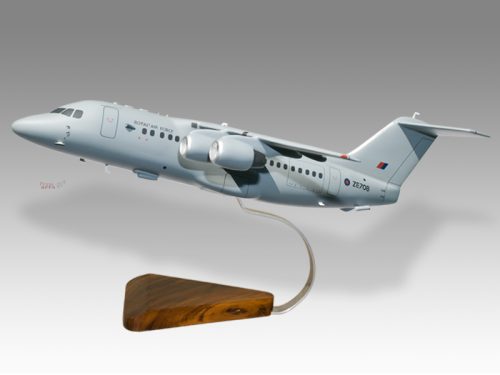

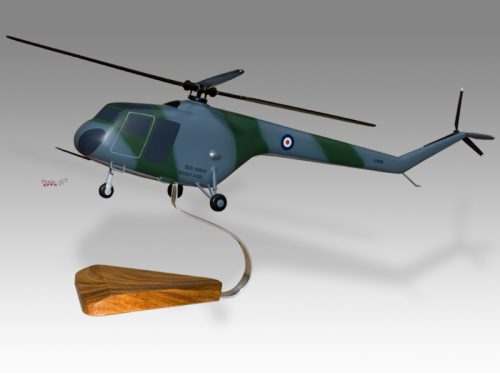
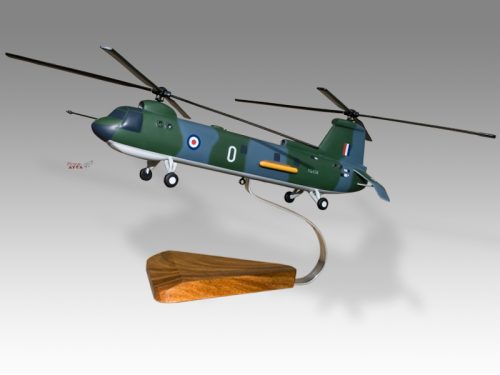

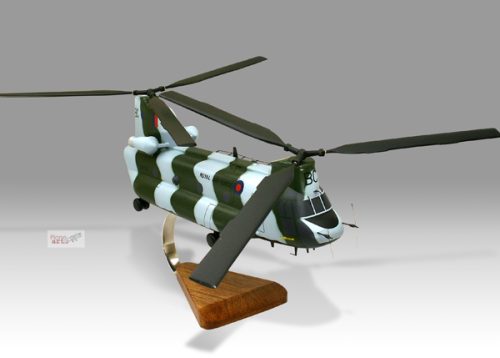
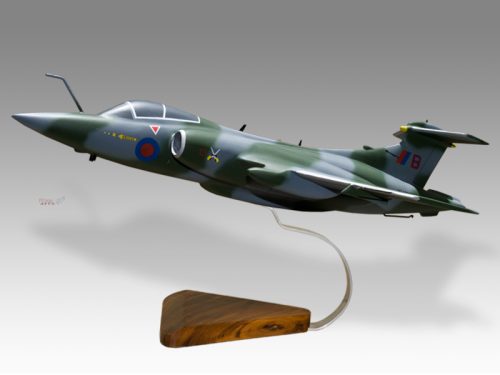
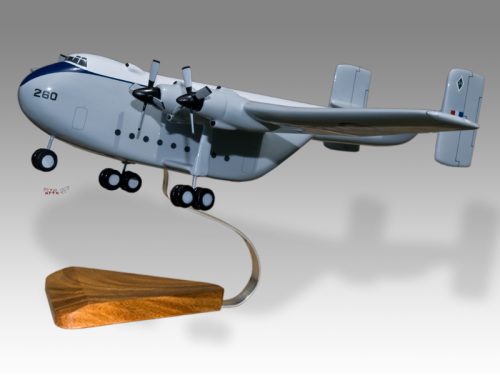
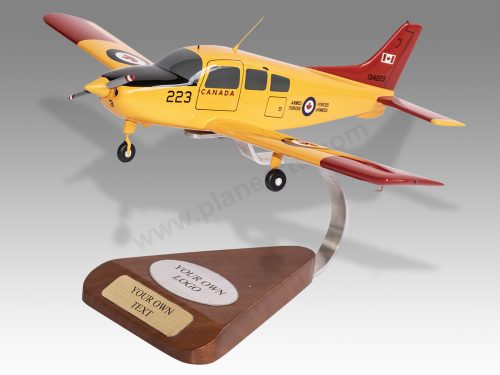
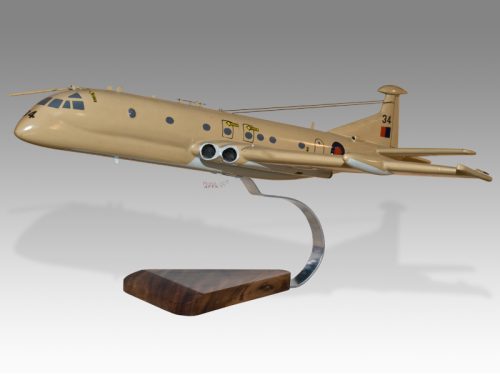

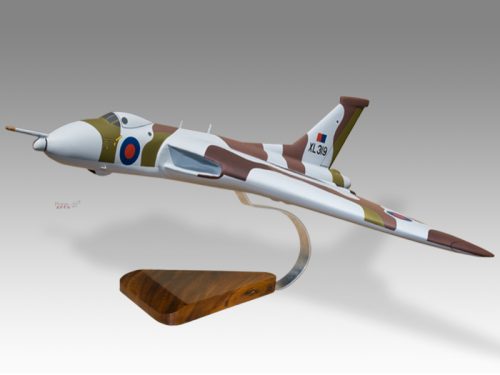
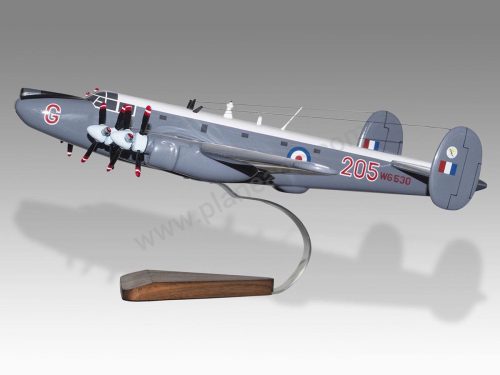

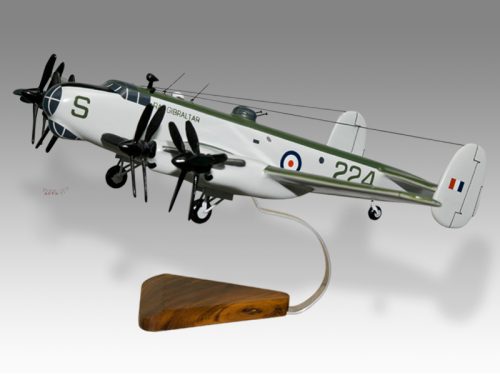
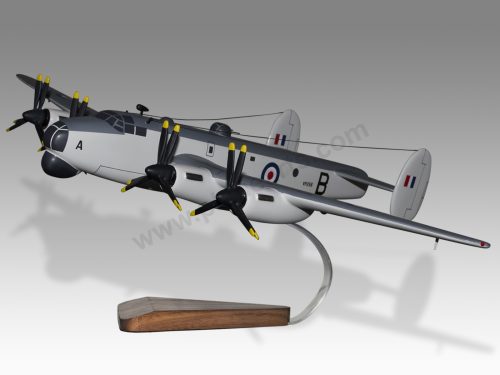
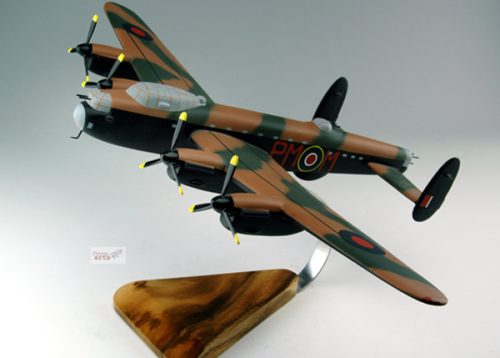
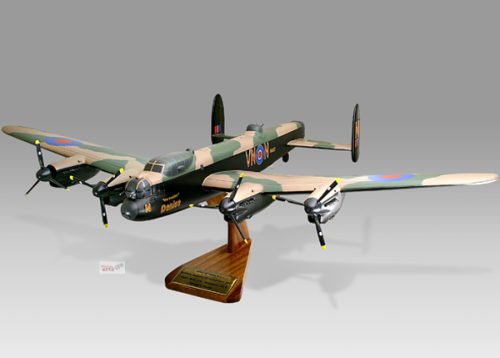
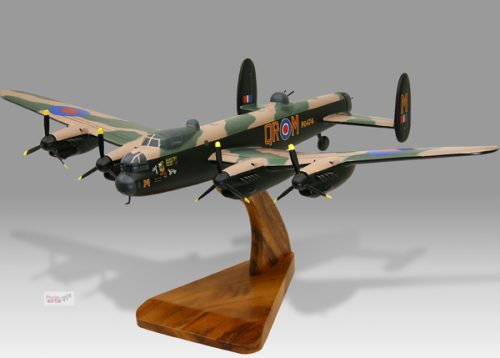


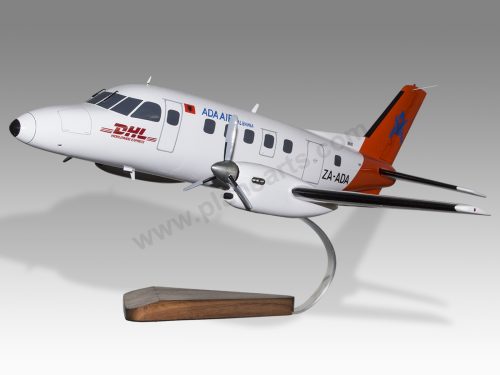

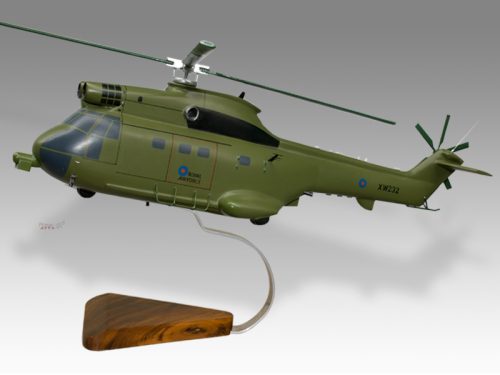

Reviews
There are no reviews yet.